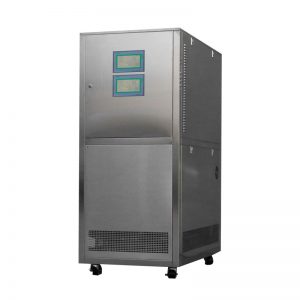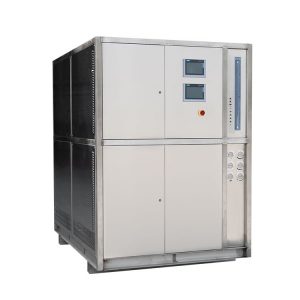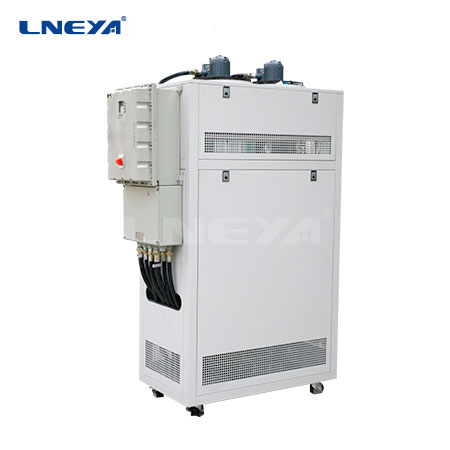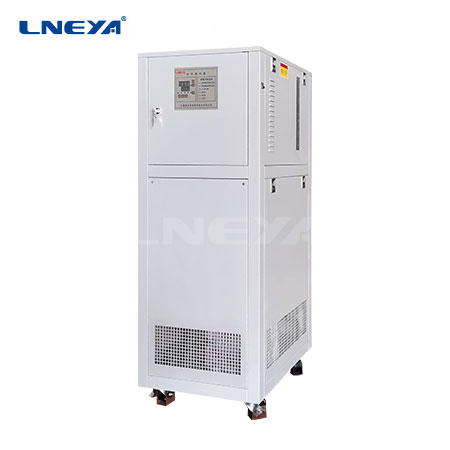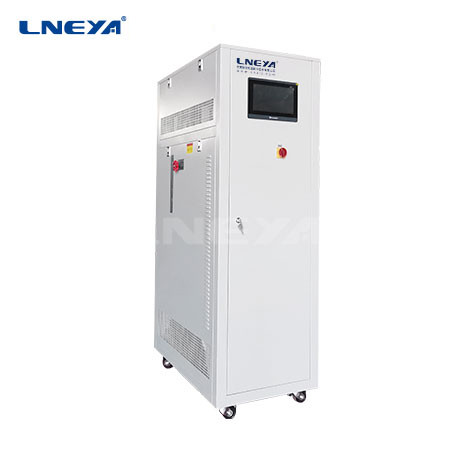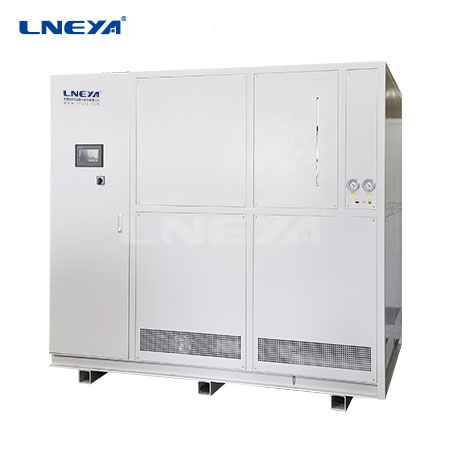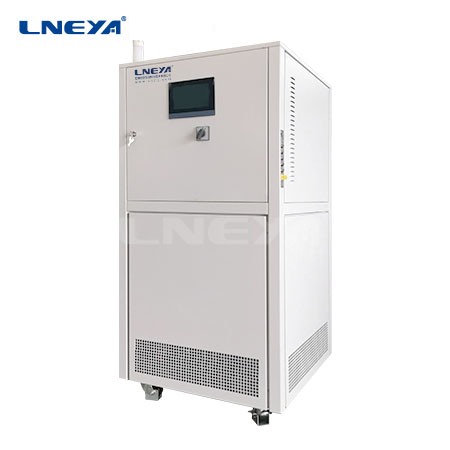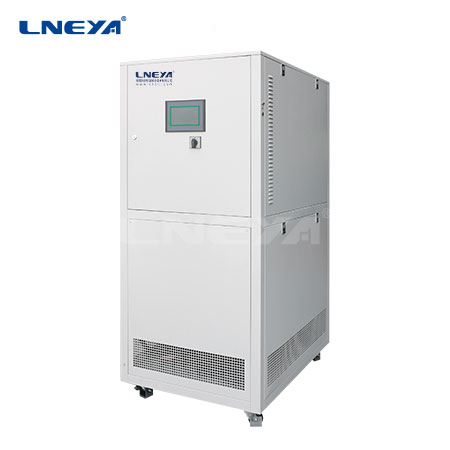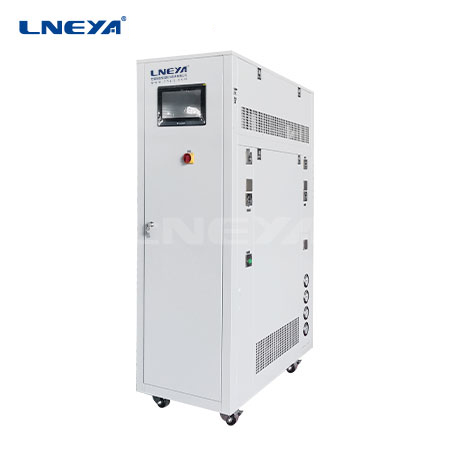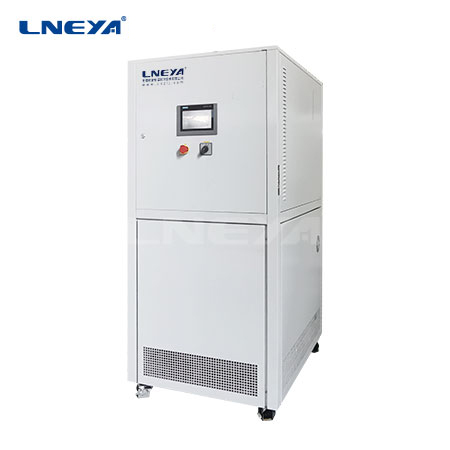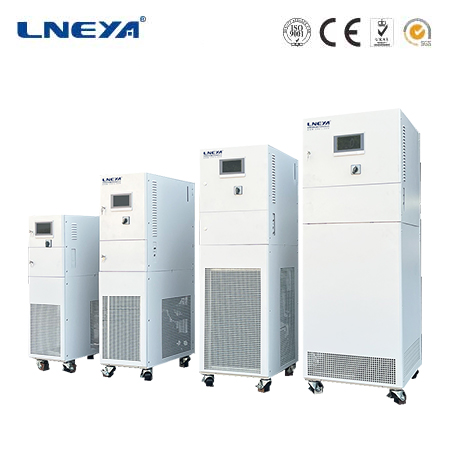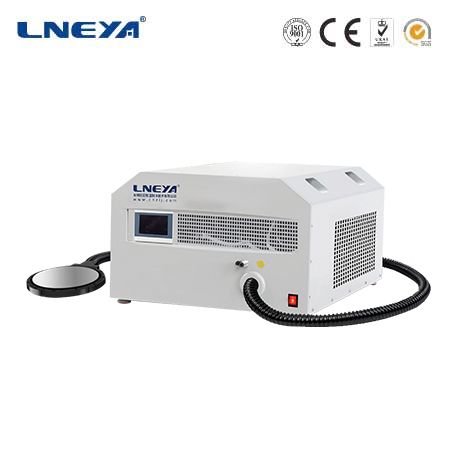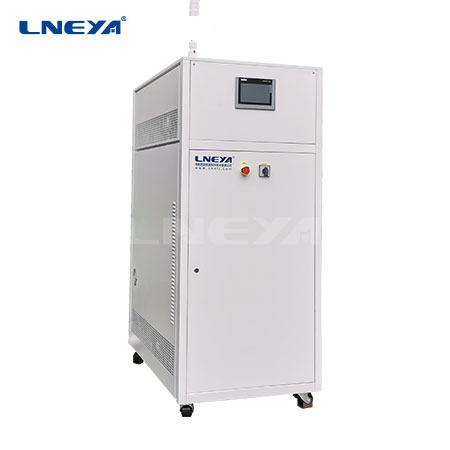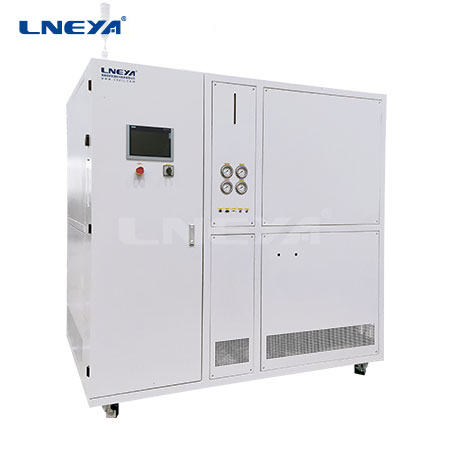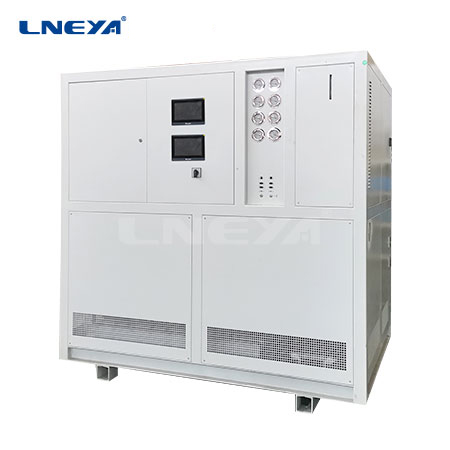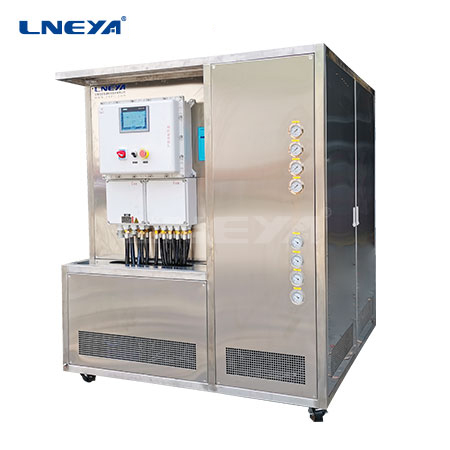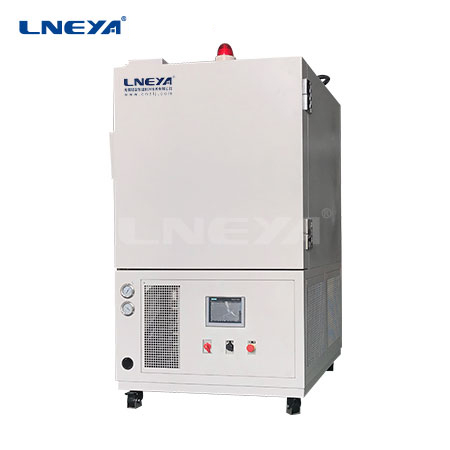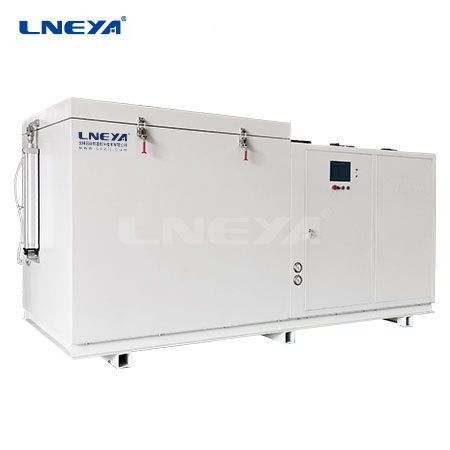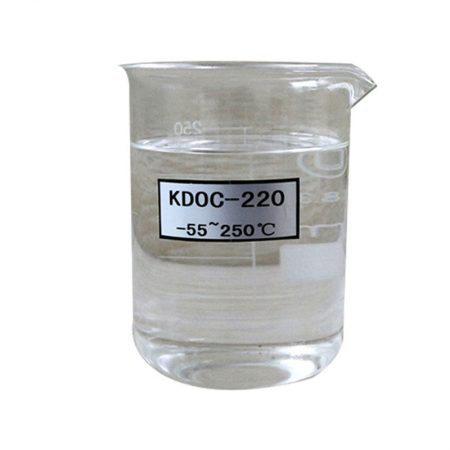Direct to Chip Cooling Data Center
Contact us today for the perfect temperature control solution
With advanced analytics, artificial intelligence, and the digitization of various processes, data center workloads continue to increase, and average rack power consumption has increased significantly. And, as we know, as power consumption increases, so does the amount of waste heat that needs to be removed from the rack and ultimately from the empty space.
In the recent past, when rack power consumption was as high as 20kW, air-based cooling methods could be relied upon to keep IT hardware running safely and efficiently. But as some racks begin to exceed 30kW or more, new cooling methods are needed.
This is partly due to the overall densification of IT hardware, with each new generation of CPUs packing more processing power into smaller and smaller sizes. Workloads such as artificial intelligence (AI) and machine learning (ML) require floating-point operations that are typically delivered through graphics processing units. These GPUs are designed to have normal operating temperatures above 80°C (176°F) when used exclusively for specific workloads.
While there are air-based cooling options for cabinets above 20kW, they are often difficult to install and maintain effectively, essentially passing the point of diminishing returns in cooling capacity. As a result, data center owners and operators are now cautiously pursuing liquid cooling for their new facility projects.

Direct to chip cooling data center – single phase
This cooling method requires delivering liquid coolant directly to the server’s hotter components, such as the CPU or GPU, and placing a cold plate directly on the chip. Electrical components never come into direct contact with coolant.
With this approach, fans are still required to provide airflow through the server to remove waste heat. While air cooling infrastructure is significantly reduced, this liquid cooling method is still required to operate correctly.
The coolant can be water or a dielectric fluid, but water poses a risk of outage leaks, however, a leak prevention system (LPS) can be used. Single phase means the coolant does not change state – from liquid to gas.
This is also the same method used in the previous desktop computer example.
Direct to chip cooling data center – two-phase
The two-phase direct chip liquid cooling method is similar to the previous single-phase method, the only difference is that the liquid coolant changes state – from gas to liquid and vice versa as it completes the cooling loop. These systems will always use engineered dielectric fluids.
Two-phase systems are superior to single-phase systems in terms of heat removal and have a lower risk of leakage due to the state-changing properties of the coolant.
Email: info@lneya.com WeChat ID: +8615251628237 WhatsApp: +86 17851209193

ZLFQ Series (Custom Designs)
Coolant Distribution Unit
Liquid cooling equipment is suitable for semiconductor testing, electronic equipment constant temperature testing, cooling server supporting infrastructure, and other fluid temperature control places.
| Temperature range | +5°C ~ +35°C | +5°C ~ +35°C | |||||||
| Cooling Capacity | 15 ~ 150kW | 200 ~ 500kW | |||||||
| Note: Any temperature range from -150℃ ~ +350℃ and any cooling capacity can be customized | |||||||||
 LNEYA
LNEYA
 简体中文
简体中文










